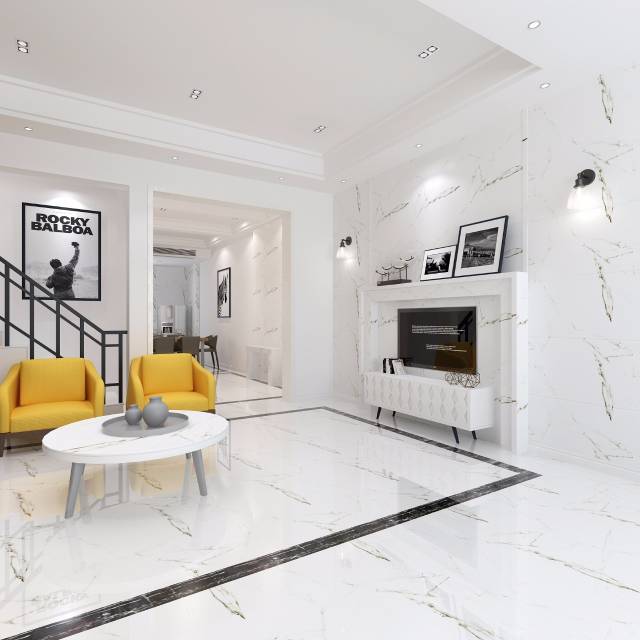 The Harmonious Blend of Tiles and the Olympic Spirit
The Harmonious Blend of Tiles and the Olympic Spirit
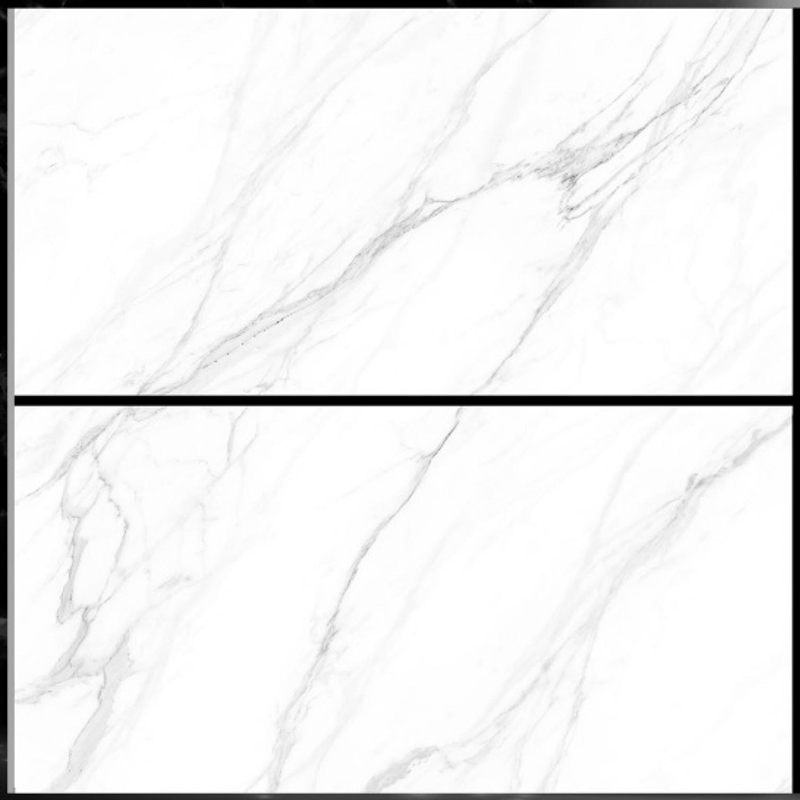 HOW TO CHOOSE THE CERAMIC TILES
HOW TO CHOOSE THE CERAMIC TILES
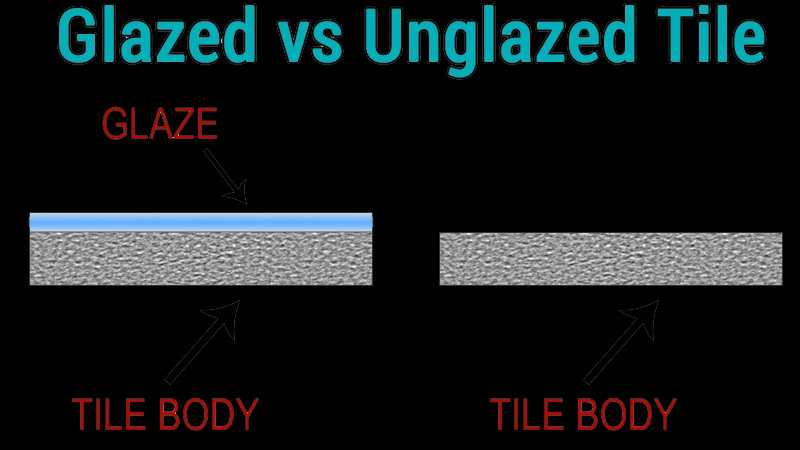 What is the difference between glazed and unglazed floor tiles
What is the difference between glazed and unglazed floor tiles
 The best way to clean floor tiles
The best way to clean floor tiles
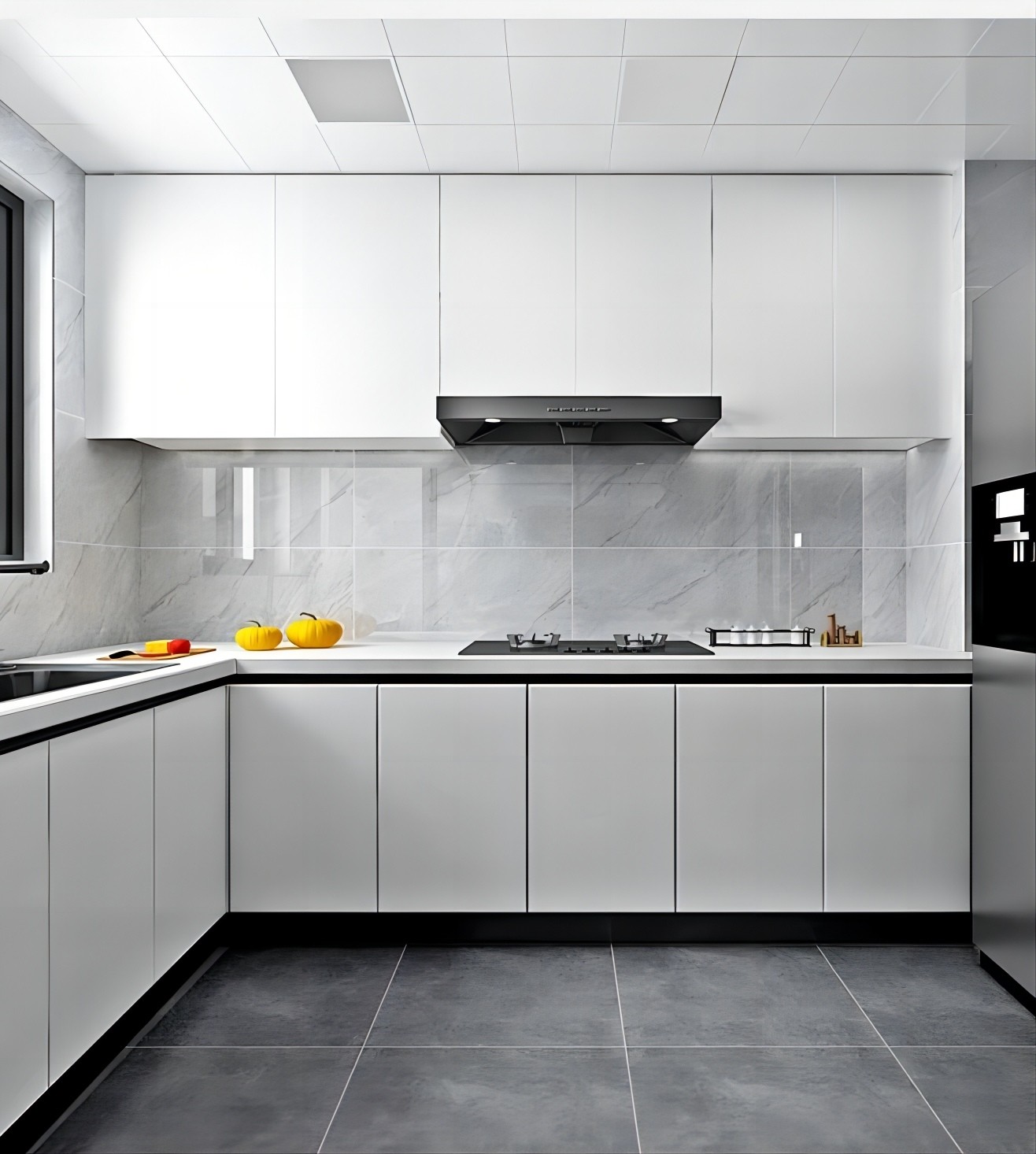 HOW TO CLEAN KITCHEN TILES
HOW TO CLEAN KITCHEN TILES
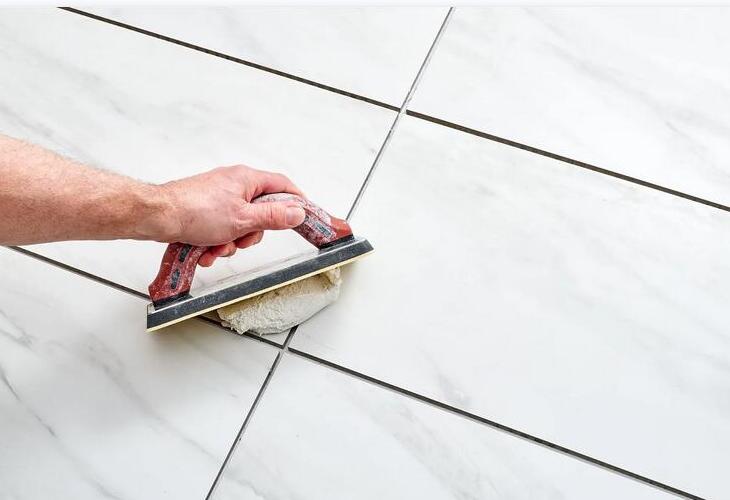 To choose the right grout for tile floors
To choose the right grout for tile floors
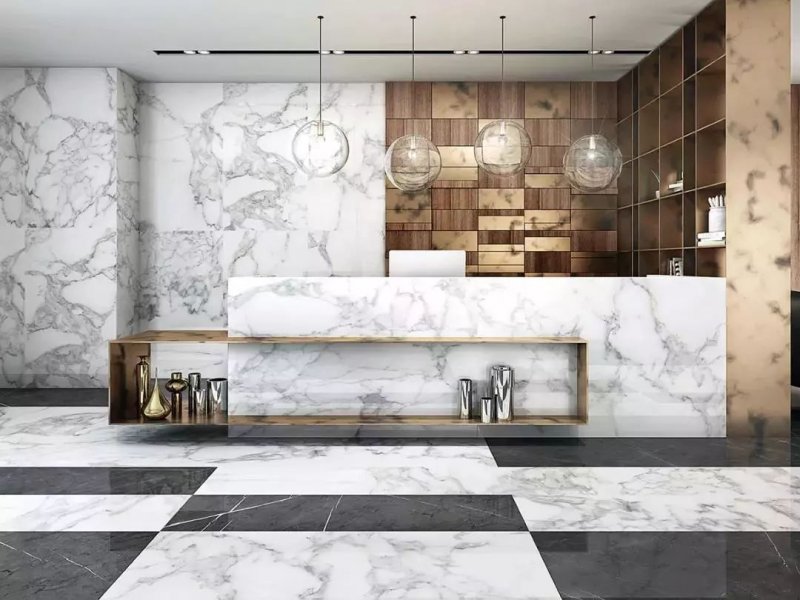 How to choose tiles for wall
How to choose tiles for wall
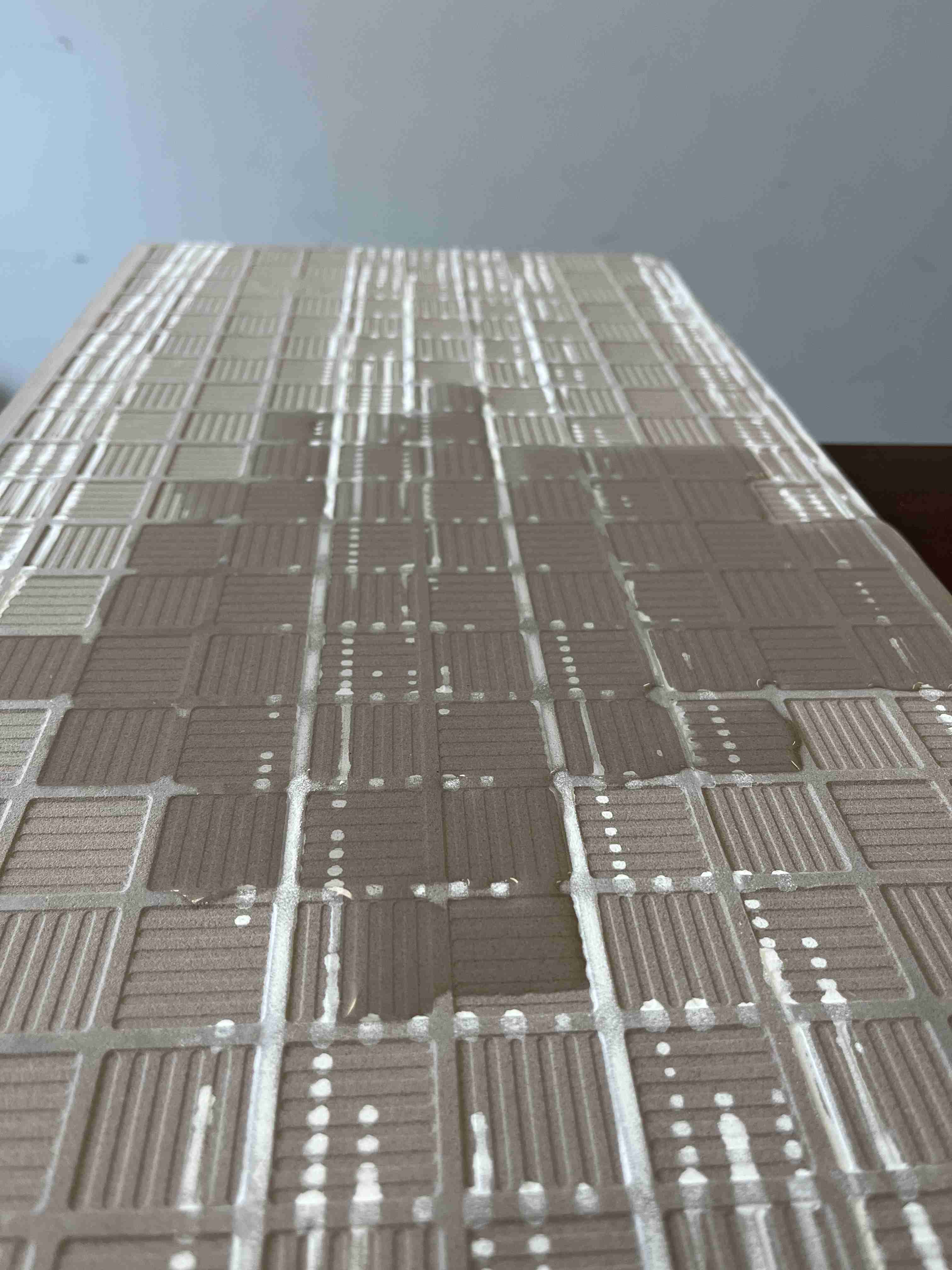 Do you know about tiles water absorption?
Do you know about tiles water absorption?
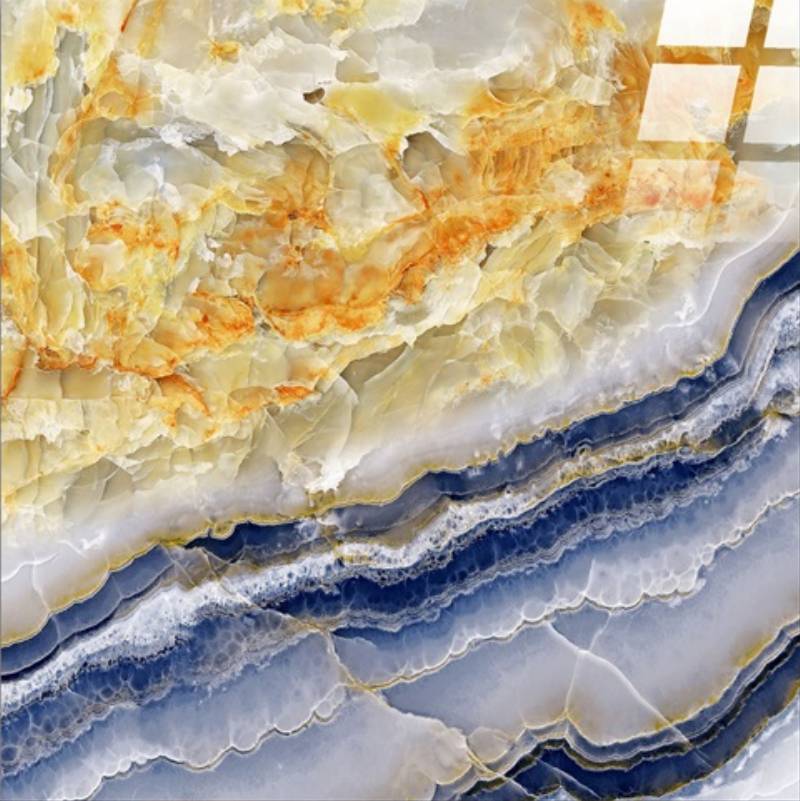 Which country is the largest manufacturer of ceramic tile in the world?
Which country is the largest manufacturer of ceramic tile in the world?
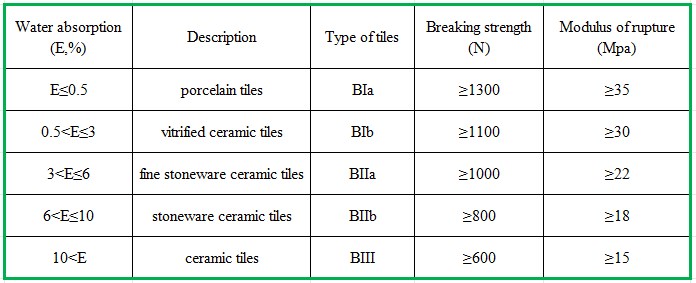 What is the difference between porcelain tiles and ceramic tiles?
What is the difference between porcelain tiles and ceramic tiles?
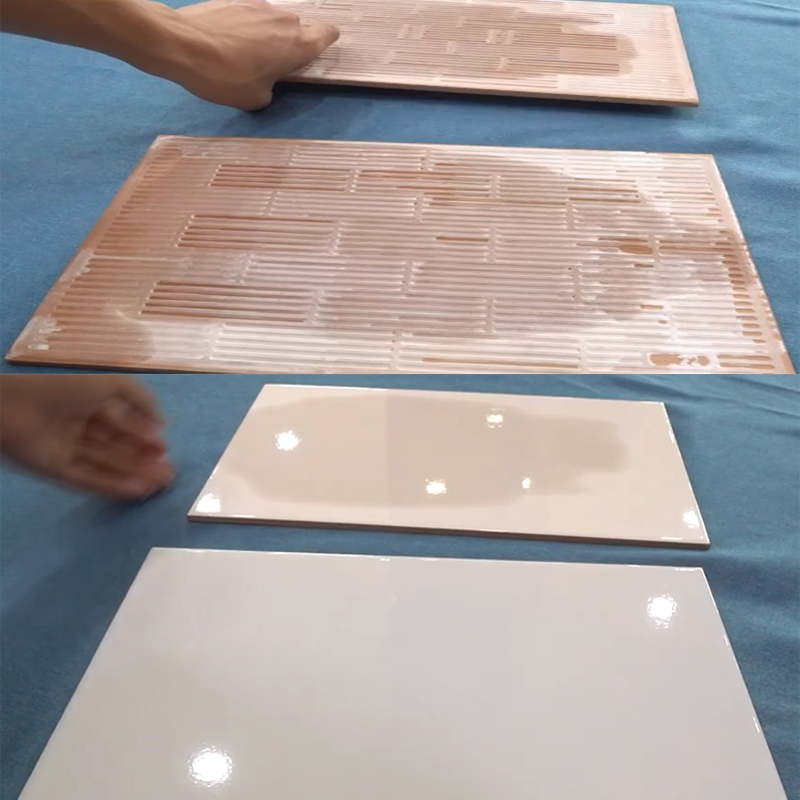 Differentiate ceramic tile between waterproof and non-waterproof
Differentiate ceramic tile between waterproof and non-waterproof





